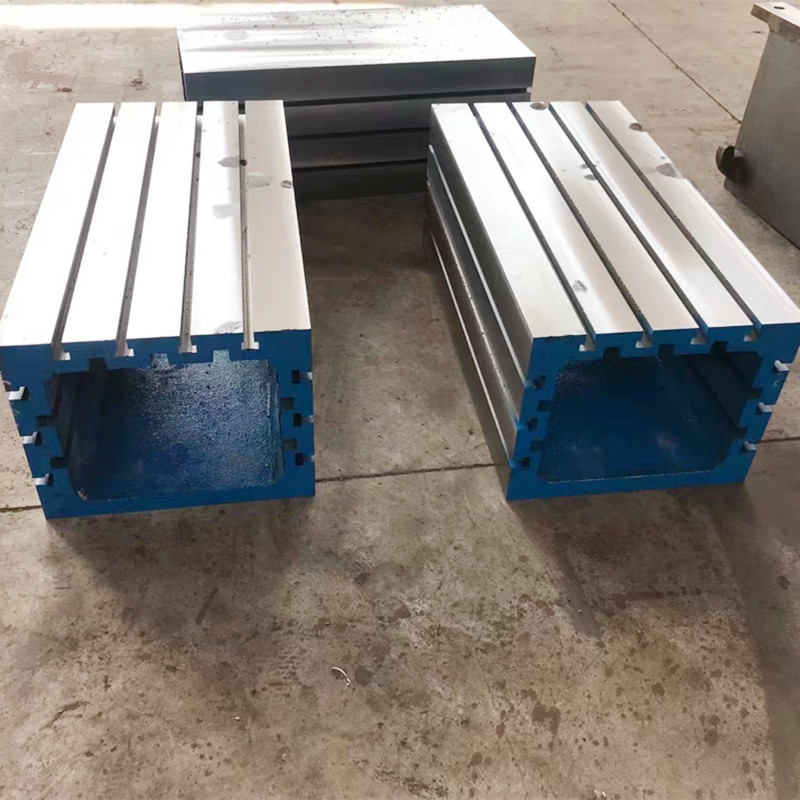नवम्बर . 24, 2024 13:33 Back to list
hose check valve
Understanding Hose Check Valves Essential Components for Fluid Control
In various industrial and residential applications, maintaining the flow of fluids while preventing backflow is crucial. One of the key components that achieve this functionality is the hose check valve. This article explores the significance, functionality, and applications of hose check valves, along with tips for selection and maintenance.
What is a Hose Check Valve?
A hose check valve, often referred to as a backflow valve or one-way valve, is a device designed to allow fluid to flow in one direction while preventing it from flowing back in the opposite direction. Typically constructed from durable materials like brass, PVC, or stainless steel, these valves are essential in systems that require the control of liquid movement, such as irrigation systems, plumbing, and various industrial processes.
How Do Hose Check Valves Work?
The operation of a hose check valve is relatively straightforward. The valve contains a disk or ball that seats against a valve seat, preventing fluid from flowing backward. When fluid moves in the intended direction, the pressure forces the disk or ball off the seat, allowing fluid to pass through. However, when the pressure drops or reverses, the disk or ball returns to its seated position, effectively blocking any backflow.
This mechanism is essential for maintaining the integrity of fluid systems, as it prevents contamination and ensures that the fluid remains in the intended pathway. For instance, in irrigation systems, a hose check valve can prevent contaminated water from siphoning back into the clean water supply, thereby protecting the quality of the water used for irrigation.
Applications of Hose Check Valves
Hose check valves have a wide range of applications across different fields, including
1. Irrigation Systems In agriculture and gardening, hose check valves prevent backflow into the water supply, safeguarding against contamination and maintaining proper water pressure.
2. Plumbing In residential and commercial plumbing, these valves are crucial in preventing unwanted backflow, which can lead to cross-contamination of potable water supplies.
3. Aquariums and Water Features In fish tanks and artificial ponds, hose check valves help regulate water flow and prevent siphoning issues that can disrupt aquatic life.
4. Industrial Processes In various manufacturing and processing industries, check valves ensure that fluids flow correctly within pipelines and prevent backflow that could damage equipment or contaminate fluids.
5. Fire Protection Systems Check valves are also vital in fire sprinkler systems, where they help maintain water pressure and ensure that fire suppression systems function effectively when needed.
hose check valve

Selecting the Right Hose Check Valve
When choosing a hose check valve, several factors should be considered to ensure optimal performance
- Material Compatibility Ensure that the valve material is compatible with the fluid being transported. For example, corrosive substances may require stainless steel or specialized plastic valves.
- Pressure Rating It is essential to select a valve that can withstand the pressure conditions of the system in which it will be used to avoid failures.
- Size and Configuration Match the valve size to the hose diameter to ensure a proper fit and efficient flow. Additionally, consider whether a horizontal or vertical installation is required, as this can affect the valve’s performance.
- Maintenance Requirements Some check valves may require regular maintenance to clean or replace worn parts. Choose a valve that aligns with your maintenance capabilities.
Maintenance of Hose Check Valves
To ensure longevity and reliable performance, routine maintenance of hose check valves is necessary. Here are some maintenance tips
- Regular Inspections Check valves should be inspected periodically for signs of wear, corrosion, or sediment buildup that could impede their function.
- Cleaning Depending on the application, cleaning the valve may be necessary to prevent blockages. This can typically be done with a simple rinse or a more thorough cleaning depending on the fluid type.
- Replacement If a valve is showing significant wear or damage, it’s important to replace it promptly to maintain system integrity.
Conclusion
Hose check valves are indispensable components in many fluid systems. Their ability to prevent backflow ensures the safety and efficiency of various applications, from simple gardening projects to complex industrial processes. By understanding their function, selecting the right type, and maintaining them properly, users can significantly enhance their fluid management systems. Emphasizing the importance of these small yet crucial devices will lead to improved performance and reliability in fluid control applications.
-
Right Angle Ruler Innovations in Measuring ToolsNewsJul.18,2025
-
Parallel Ruler Maintenance for Long-Term AccuracyNewsJul.18,2025
-
Magnetic V Block 4 Inch Cost Effectiveness AnalysisNewsJul.18,2025
-
Internal Thread Gauge Innovations for Faster InspectionNewsJul.18,2025
-
Ground Anchor Applications in Construction and LandscapingNewsJul.18,2025
-
Butterfly Valve Types StandardsNewsJul.18,2025
Related PRODUCTS









